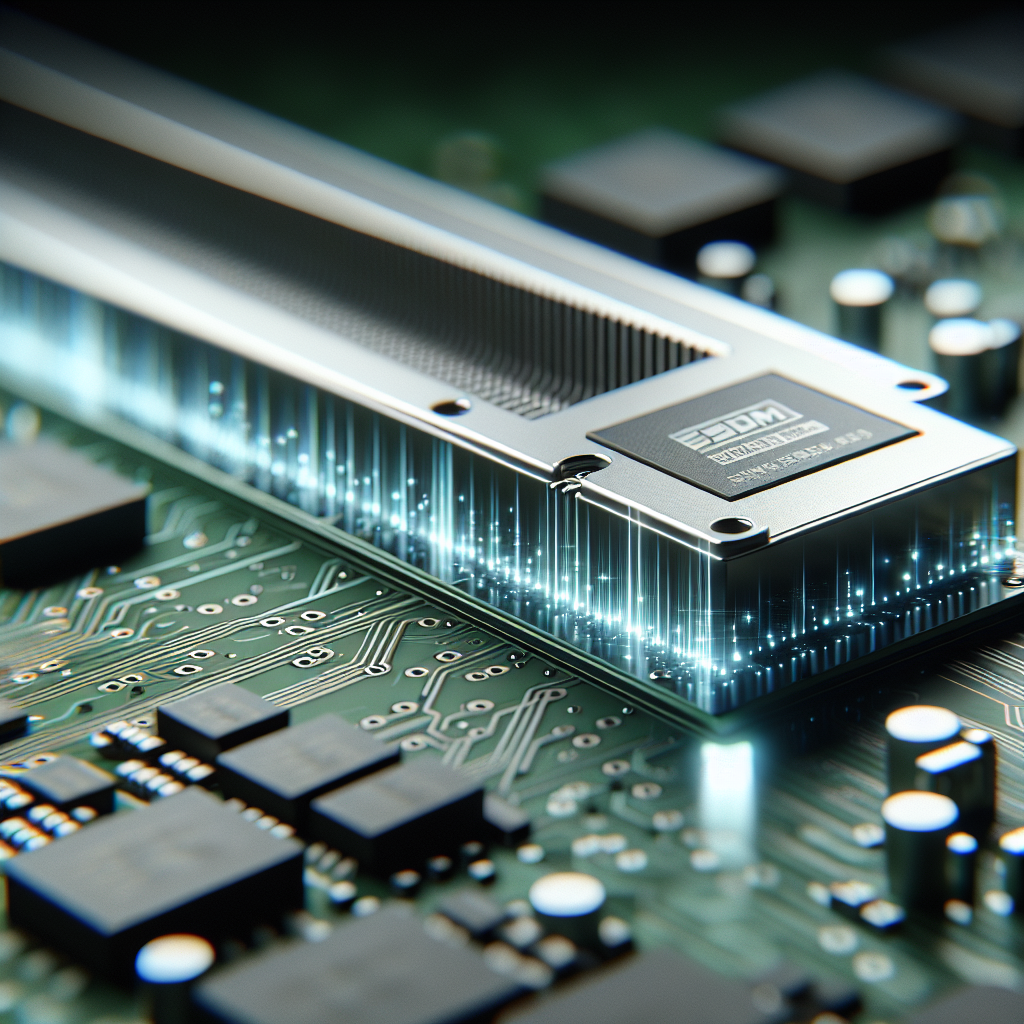Your cart is currently empty!
Demystifying NVMe: Understanding the Basics of Non-Volatile Memory Express

Non-Volatile Memory Express (NVMe) is a cutting-edge technology that is revolutionizing the way data is stored and accessed in modern computing systems. While NVMe may sound complex and intimidating at first glance, understanding the basics of this technology can help demystify its inner workings and shed light on its importance in today’s data-driven world.
At its core, NVMe is a communication protocol that allows solid-state drives (SSDs) to connect to a computer’s storage system using a high-speed interface. This interface enables SSDs to transfer data at much faster speeds than traditional hard disk drives (HDDs), resulting in improved performance and efficiency in data storage and retrieval.
One of the key advantages of NVMe is its ability to leverage the parallelism of modern SSDs, which are capable of processing multiple data requests simultaneously. This parallel processing capability allows NVMe-based systems to deliver significantly higher input/output operations per second (IOPS) compared to HDDs, leading to faster boot times, quicker application launches, and smoother data transfers.
Another important feature of NVMe is its low latency, which refers to the amount of time it takes for a data request to be processed. NVMe SSDs have much lower latency than HDDs, resulting in reduced waiting times and improved responsiveness in data-intensive applications such as gaming, virtual reality, and high-performance computing.
In addition to speed and latency improvements, NVMe also offers enhanced scalability and flexibility in storage configurations. NVMe SSDs can be easily deployed in a variety of form factors, including traditional 2.5-inch drives, M.2 cards, and add-in cards, making them suitable for a wide range of computing environments and use cases.
Despite its many benefits, NVMe technology is still relatively new and may not be compatible with all systems and software applications. Before adopting NVMe-based storage solutions, it is important to ensure that your hardware and software are compatible with the NVMe protocol and that you have the necessary drivers and firmware updates in place to support NVMe functionality.
In conclusion, NVMe is a game-changing technology that is reshaping the landscape of data storage and access in modern computing systems. By understanding the basics of NVMe and its key features, you can unlock the full potential of this innovative technology and harness its benefits for improved performance, efficiency, and scalability in your data storage infrastructure.

Leave a Reply